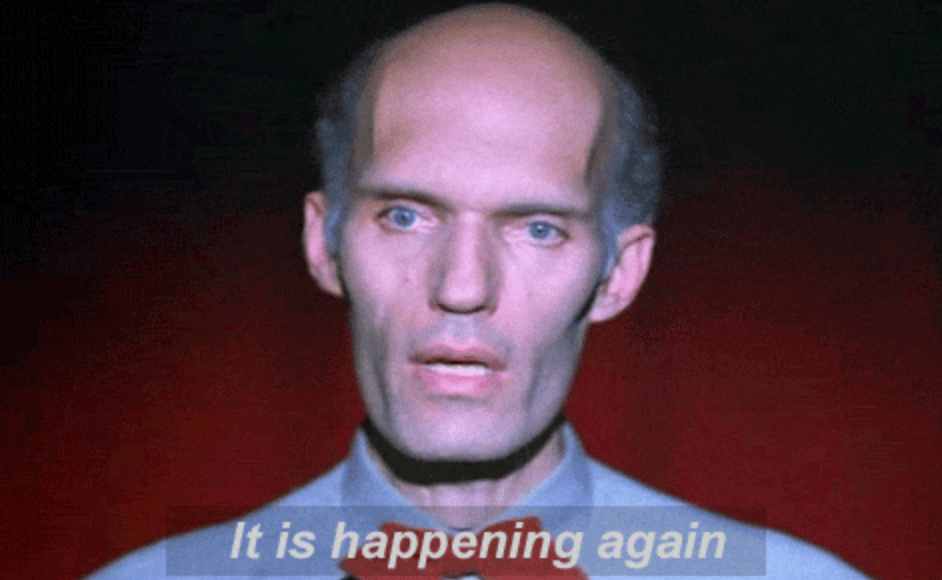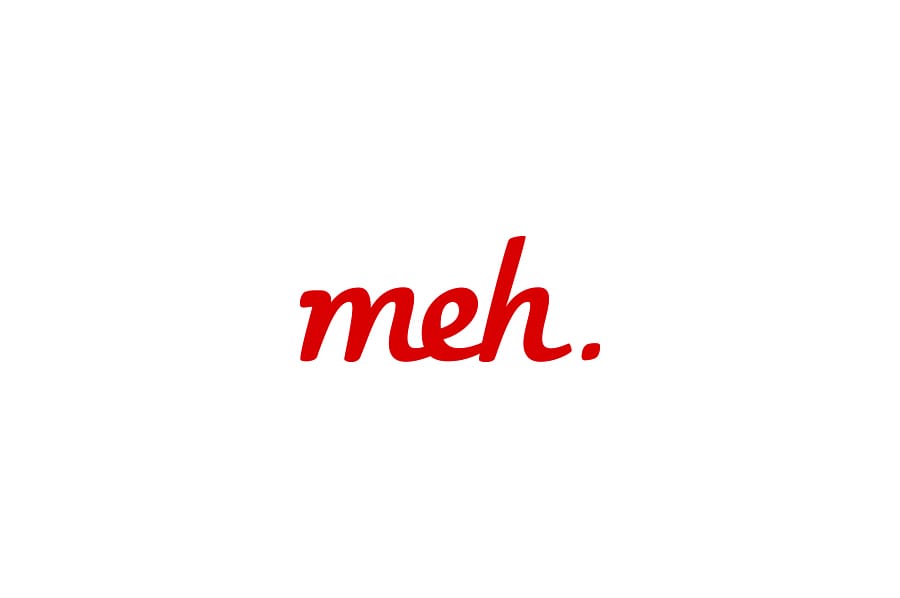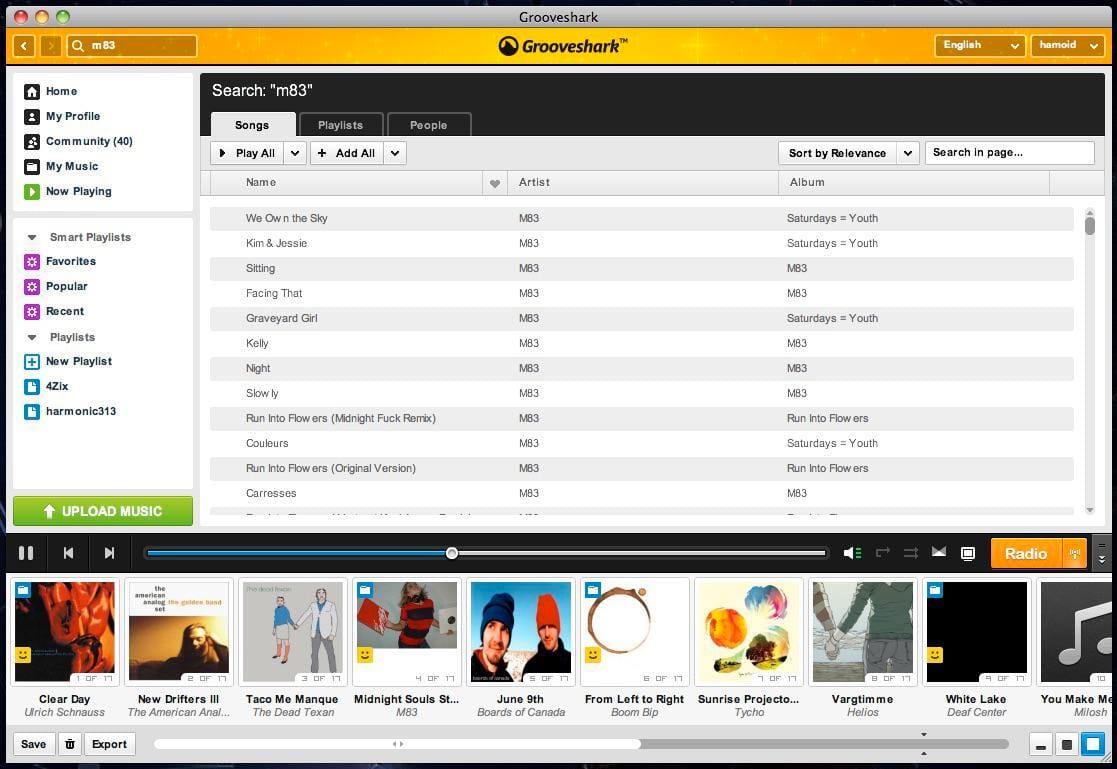Here Comes The AI News Wire
Adweek broke a story this week that Google will begin paying publications to use an unreleased generative-AI tool to produce content. The details are scarce, but it seems like Google is largely approaching small publishers and paying them an annual “five-figure sum”. Good lord, that’s low.
Adweek also notes that the publishers don’t have to publicly acknowledge they’re using AI-generated copy and the, presumably, larger news organizations the AI is scraping from won’t be notified. As tech critic Brian Merchant succinctly put it, “The nightmare begins — Google is incentivizing the production of AI-generated slop.”
Google told Engadget that the program is not meant to “replace the essential role journalists have in reporting, creating, and fact-checking their articles,” but it’s also impossible to imagine how it won’t, at the very least, create a layer of garbage above or below human-produced information surfaced by Google. Engadget also, astutely, compared it to Facebook pushing publishers towards live video in the mid-2010s.
But I’d argue there’s actually an even closer comparison we can look at here.

(Mr. Peaks from the hit show, “That’s A Lot Of Peaks”)
To show my age a bit, when I first started writing for digital media outlets at the end of the 2000s, social traffic, as we now understand it, didn’t really exist yet. Traffic was still a mysterious gift that would come down from the internet heavens and grace your website momentarily. Usually for the worst, laziest thing you farted out in 15 minutes, which was never ideal. Because the hope was that when it did arrive, your site was distinctive or consistent enough to capture some of those digital ghosts and turn them into readers that would add your URL to their bookmarks or load you into their RSS reader.
The biggest sources of traffic were Reddit, Digg — pre-redesign, it was still hanging on to life support — StumbleUpon, and if you were publishing hard news, The Huffington Post and The Drudge Report. Then everything changed in 2012.
That was the year Facebook IPO’d, bought Instagram, rolled over a billion users, let you start following pages, and added advertisements to the newsfeed. Suddenly, all over New York media, everyone I knew started having a similar, bewildering experience. They’d write something sort of basic they were mildly embarrassed about, they’d publish it, it would get shared to Facebook, and a “million” “people” would instantly “read” it. Their bosses didn’t know what to make of it, but demanded more of whatever this was. And a million lists of things only 90s kids understand bloomed.
The traffic firehose was impossible to ignore and by 2013 platforms like Facebook had fully devoured digital media. Of course, no one knew it yet. But it wasn’t just that platforms were now the primary way of getting people to read your posts, they were also becoming the primary way of finding content to put in your posts. The holy grail was unaggregated public Facebook drama, which Facebook users were obsessed with reading about. By 2015, every newsroom had some kind of “social news” department, full of young writers mining sites like Facebook and Twitter — usually Twitter because it was easier to search — for content to aggregate or re-report. Heck, even Russia had one.
What people might not know is that this shift from real reporting with like telephones, I guess? to “social news” wasn’t entirely organic. Social platforms would hire former journalists and send them back into their newsrooms to teach their former colleagues how to find native content to turn into stories. (The now-default antagonistic relationship between the media and the platforms, at least editorially, didn’t really manifest until 2015 or so.) There were also tons of services popping up promising to crack open increasingly walled-off platforms and give you “a social newswire”. The best one I ever used was Dataminr, which only worked for about nine months or so, but let you geotarget content from pretty much anywhere. I felt like God.
And, well, I just went to their website and, apparently, they’re an AI company now. Which is, frankly, perfect for the point I’m trying to make.
The difference between the go-go 2010s digital media boom of “Silicon Alley” and now, of course, is that the tech companies have already won. Traditional media has been reduced to 2.5 newspapers and digital publishers don’t exist anymore. Except for me. I will never die because I simply don’t know how to do anything else.
Companies like Google or OpenAI don’t have to even offer any traffic to entice publishers to start using generative-AI. They can offer them glorified gift cards and the promise of an executive’s dream newsroom: one without any journalists in it. But the AI news wire concept won’t really work because nothing ever works. For very long, at least. The only thing harder to please than journalists are readers. And I have endless faith in an online audience’s ability to lose interest. They got sick of lists, they got sick of Facebook-powered human interest social news stories, they got sick of tweet roundups, and, soon, they will get sick of “news” entirely once AI finally strips it of all its novelty and personality. And when the next pivot happens — and it will — I, for one, am betting humans figure out how to adapt faster than machines.
The following is a paid ad. If you’re interested in advertising, email me at [email protected] and let’s talk. Thanks!

Meh.com is like Woot, but without Amazon
You know Woot? One day, one deal and all of that? Amazon bought it in 2010, and…added a ton of other crap to it.
You can still get that one classic daily deal from Meh.com. In fact, Meh.com was founded by the creators of Woot. Just one deal, a fun community, and…it’s not Amazon.
Head on over and see today’s Meh.com deal.
A Real Test Of How Online You Are
me at the 97 year old diner where they still serve coke the old fashioned way but they start playing julie ragbeer
— #°○˚。 (#@woeshy)
8:49 PM • Feb 26, 2024
No, I will not be explaining any of this.
The AI Willy Wonka Scam
Police were called to an 'immersive event' inspired by Willy Wonka in Glasgow after furious parents complained about the quality of the event. i.stv.tv/3UQFtRy
— #STV News (#@STVNews)
12:17 PM • Feb 26, 2024
I assume most of you have seen memes, at the very least, about the Glasgow AI Wonka disaster. Per The Guardian, the event was organized by a group called House of Illuminati (lol) and cost £35 a ticket. The flyers were full of AI-generated art and, according to some of the actors who are now starting to come forward, the “scripts” they were given on the day were also AI-generated.
My favorite detail is that the AI apparently made up a weird villain character called “The Unknown,” that Willy Wonka was meant to defeat at the end with a vacuum cleaner.
As funny — and AI-specific — as this incident was, I should point out that impossibly grim children’s events are somewhat of a tradition in the UK. Back in 2017, a Winter Wonderland event in Northern Ireland made headlines after children show up and started crying about how depressing it was. And there was an even worse one in Scotland in 2022.
Anyways, I assume it’ll only take a few more incidents like this to make AI generated art synonymous with low-effort scams. Hope the AI can pivot!
How Do You Promote Stuff Now?
Like many men over the age of 30 this week, I, too, received a panicked text from a friend telling me to “watch Shōgun immediately.” And, yes, it is an incredible show, the kind that don’t get made anymore, and you should watch it.
I was also, however, not alone in not hearing anything about it before it debuted this week. And I was sort of confused as to why, until I saw this post on X.
This is one of my favorite genres of outrage post - guy who doesn’t watch live sports / TV and probably has ad blockers universally enabled thinks something isn’t being promoted enough. This show had a SUPER BOWL AD. Every week when I watch TV I’ve seen like 50 spots for it
— #crow brett is back (#@JuiceThousand)
9:38 PM • Feb 27, 2024
It was advertised on TV and, apparently, during the Super Bowl. I don’t have linear TV and I watched the important parts of the Super Bowl — the ads, the half-time performance, and Taylor Swift-related moments — on YouTube. Or they just arrived into my various feeds thanks to social media osmosis.
According to Nielsen, the Super Bowl was the most-watched TV broadcast in history, which is wild. And it means I can’t say that the value of a Super Bowl ad spot is less than it once was, I suppose. But I do think it speaks to how separate the two media landscapes have become.
I’d say that the internet used to flow downstream of television about 70% of the time, with the other 30% being memes or trends that would then influence TV and get rerouted back into it. This got worse around 2014 when every TV writer in LA suddenly got a Twitter account, in what I like to call “The Bojack Horseman discourse explosion”. This was also the of the peak “second screen experience” era.
Now, I think it’s largely 50-50, with the internet almost entirely doing its own thing and vice versa.
This AI Picture Fooled Me More Than The Fake Pope
Peak male specimen at McDonald’s. 1989.
— #Grandaddy Jeff (#@GrandaddyJeff)
2:01 PM • Feb 27, 2024
I think I was so distracted by how hard this image goes that I didn’t notice the fact that the text was all gibberish and that the man in the photo was wearing a shirt with sleeves and nothing else. AI or not, however, I think we can all agree that this could and, more importantly, should have happened.
TikTok Is About To Lose Even More Music
The music rights turf war between TikTok and Universal Music Group is getting worse. As the BBC explains, UMG now wants any song that features a UMG-represented songwriter to be muted as well. Four million more songs will likely go silent on the app by the end of the week.
I’ve been racking my brain for an example of something like this happening in the past. Not just an example of a big rights-holder aggressively policing their copyright, but a rights-holder specifically going after one platform. UMG is not going after Instagram, nor is it going after YouTube (for now).
Then I realized that this has actually happened before — a theme in today’s issue. This is exactly how we ended up with Spotify.

(Grooveshark)
Once agin, to make my old age irrefutable to any Gen Z readers unfortunate enough to wander in here, when I was in college there was a free and, honestly, superior streaming music competitor to Spotify called Grooveshark. The big difference between the two, aside from price tag, was that Grooveshark let you upload your own music and then stream it across any device. And other people could stream it, as well. It was a fantastic transitionary platform between the MP3 age and the streaming age. It had the discovery elements of something like Kazaa or Last.fm and the ease of use of Spotify or YouTube.
And then UMG swooped in and crushed the whole thing. Meanwhile, Spotify was able to play nice with rights-holders and labels and is now the standard for streaming music.
So I’d say the window of TikTok not becoming the next Grooveshark is closing rapidly here.
It’s All Kicking Off In The Fountain Pen Fandom Right Now
@aidan_bernal FOUNTAIN PEN DRAMA!!!! 🚨 Lamy has created some controversy with their “re-release” (OR IS IT?) of their Dark Lilac ink. What do you think?... See more
To summarize this as best as I can, there is a limited edition fountain pen ink that is extremely rare and goes for lots of money on the secondary market. The company that made the ink announced that they were going to produce it again. There was a bunch of confusion over how the ink brand was labeling the remake of the ink, which led fountain pen enthusiasts on a wild internet goose chase.
Then folks started buying and comparing the inks, the old one and the new one. Apparently, the new one has a green tint, which is common in purple inks, but the old one had a gold tint, which is why it’s so rare.
Anyways, in an update on TikTok, the brand has now apologized and confirmed that they are different inks and that they should have been more clear about that. Now, the healing can finally begin.
A Fun Fact About Passports
Filled out the paperwork for my daughter’s 1st passport and under “employment” was told to write “unemployed baby”
— #Madelaine Lucas (#@madelaine_lucas)
10:42 PM • Jan 23, 2024
Think About Supporting Garbage Day!
It’s $5 a month or $45 a year and you get Discord access and the coveted weekend issue. Hit the button below to find out more.
Some Stray Links
P.S. here’s a good post about bees.
***Any typos in this email are on purpose actually***